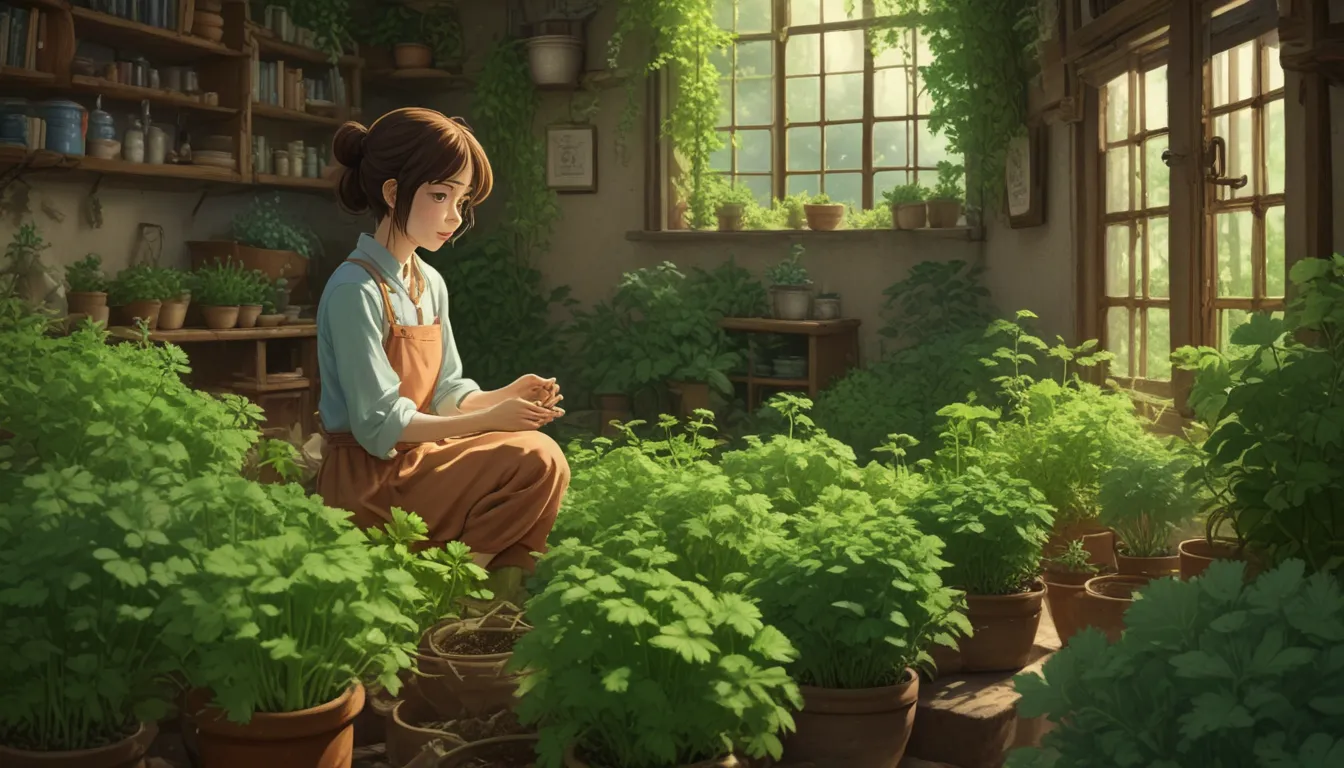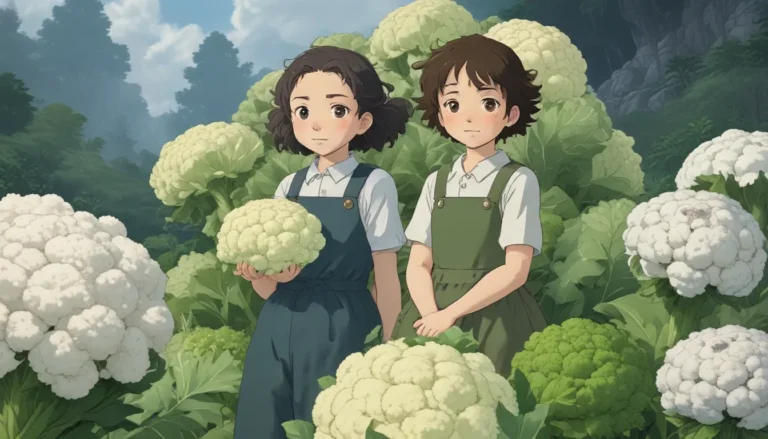Mastering the Art of Growing Cilantro (Coriander)

A Culinary Treasure: Coriandrum sativum
Cilantro, also known as fresh coriander, is a tantalizing culinary herb that not only elevates the taste of dishes but also adds charm to your garden. This herb is a member of the Apiaceae family, making it a kindred spirit to other popular herbs and spices like parsley, dill, and cumin.
Coriander is valued for both its leaves and seeds. The leaves, known as cilantro, are used as an herb, while the seeds are used as a spice. Beyond that, even the roots, stems, and flowers of this herb are edible, providing a wealth of culinary possibilities.
With its distinctive mounding growth habit and delicate, lobed leaves, cilantro is a beautiful addition to any garden. The flowers of the plant, with their umbrella-like inflorescences and white to pale pink hues, are not just visually appealing but also attract a host of beneficial insects like bees, butterflies, and wasps.
Cultivation Delights and Historical Roots
Cilantro has a rich historical background, with evidence of its use dating back thousands of years in regions like Pakistan, the Mediterranean, and the Middle East. Beloved for its distinct flavor, cilantro leaves find their way into dishes across various cuisines, from Levantine to Latin American to Asian.
In addition to its culinary uses, coriander has medicinal properties. The essential oils from this plant have been shown to possess antioxidant, antibacterial, and antifungal qualities. Ongoing research is exploring the potential health benefits of coriander, making it a valuable addition to your garden and your diet.
When it comes to companion planting, cilantro shines as a natural magnet for pollinators, making it an excellent choice for any garden. By attracting bees, butterflies, and other beneficial insects, coriander contributes to the overall health of your garden ecosystem.
Let’s Get Planting: Propagation Techniques
Growing cilantro is a rewarding experience, whether you choose to start from seeds or transplants. Here’s a breakdown of the key propagation methods:
From Seed Sown Outdoors
- Sow coriander seeds six to eight weeks before your last frost date.
- Keep the soil temperature between 55 and 68°F for optimal germination.
- Sow seeds at a depth of 1/4 to 1/2 inch and maintain adequate moisture until germination.
From Seed Sown Indoors
- Start cilantro seeds indoors six to eight weeks before the last frost date.
- Use biodegradable pots for easy transplanting.
- Sow seeds at a depth of 1/4 to 1/2 inch and maintain consistent soil temperature for germination.
From Transplants
- Handle cilantro transplants gently due to their delicate taproot.
- Harden off indoor-grown seedlings before transplanting.
- Plant transplants at the same depth as the root ball and water thoroughly after planting.
Cultivating Your Coriander Plants
Cilantro is a low-maintenance herb that thrives in well-drained, loamy soil. Here are some tips for successful cultivation:
Growing Tips
- Provide full sun to part shade for optimal growth.
- Ensure sufficient drainage and organic matter in the soil.
- Water regularly, especially during hot spells, to prevent bolting.
Maintenance
- Keep seedlings weed-free to prevent crowding.
- Mulch around plants to reduce weed growth and maintain soil moisture.
- Avoid over-fertilizing to retain the herb’s flavor and prevent bolting.
Dealing with Volunteers
- Prune immature seed heads to prevent unwanted volunteers.
- Harvest and use volunteers as garnish or new plants as desired.
Selecting the Perfect Cilantro Cultivar
When it comes to coriander cultivars, there’s a wide range of options available to suit your garden needs. Here are a few popular choices:
- Caribe: A slow-bolting variety ideal for greenhouse growing.
- Cruiser: A bolt-resistant cultivar with excellent flavor, suited for container gardening.
- Moroccan: A quick-bolting variety perfect for flower and seed production.
Explore more cultivar options in our detailed guide for a personalized cilantro growing experience.
Keeping Pests and Diseases at Bay
While cilantro is generally pest and disease-resistant, it’s essential to watch out for potential issues like aphids, cutworms, and root-knot nematodes. Here are some common problems to be aware of:
Insects
- Keep an eye out for aphids and cutworms, particularly during the early growth stages.
- Implement polyculture gardening to attract beneficial insects that prey on pests.
Disease
- Monitor for bacterial leaf spot, damping off, and powdery mildew.
- Follow best practices for watering and crop rotation to prevent diseases.
Stay vigilant in your garden to ensure your cilantro plants remain healthy and thriving.
Harvesting and Preserving Your Bounty
When it’s time to harvest your cilantro leaves or coriander seeds, follow these simple steps to ensure maximum flavor and freshness:
- Harvest cilantro leaves regularly, avoiding too much stress on the plants.
- Allow seeds to dry and turn brown on the plant for optimal seed harvest.
After harvesting, store your cilantro leaves in the refrigerator for short-term use or freeze them for longer preservation. Coriander seeds can be stored in a cool, dry place for up to four years, retaining their flavor and potency.
Savoring the Flavors: Cooking with Coriander
Now that you’ve cultivated a bountiful supply of cilantro, it’s time to put those flavorful leaves and seeds to good use in the kitchen. From cilantro pesto to fresh salsa and pumpkin curry, the culinary possibilities with coriander are endless.
Experiment with different recipes and cooking techniques to create delectable dishes that showcase the unique flavor profile of cilantro. Let your creativity shine as you incorporate this versatile herb into your daily cooking routine.
Conclusion: Embracing the Coriander Experience
Whether you’re a seasoned cilantro enthusiast or a newbie gardener looking to explore the world of fresh herbs, mastering the art of growing coriander plants is a rewarding journey. From propagation to cultivation, harvesting to cooking, every step of the process offers a unique opportunity to connect with nature and enhance your culinary skills.
So, roll up your sleeves, dig into the rich soil, and let the vibrant flavors of cilantro elevate your garden and your meals. With a bit of patience, care, and creativity, you’ll soon be savoring the delicious delights of homegrown coriander in all its glory.
Are you ready to embark on your cilantro-growing adventure? Share your thoughts, experiences, and favorite coriander recipes in the comments below. Let’s celebrate the magic of cilantro together and savor the bounty of nature’s culinary treasures. Cheers to a flavorful journey filled with the divine essence of coriander!





